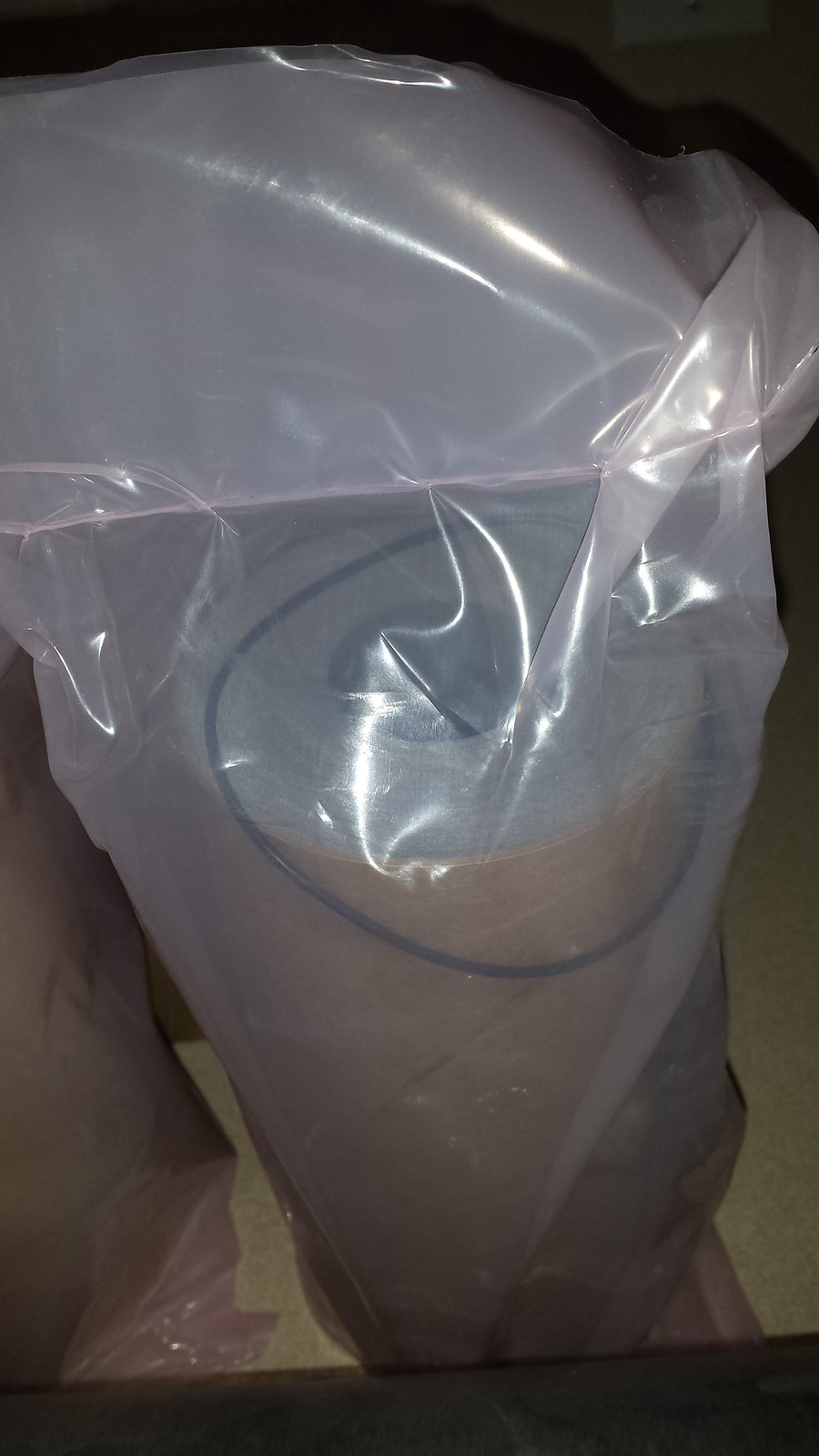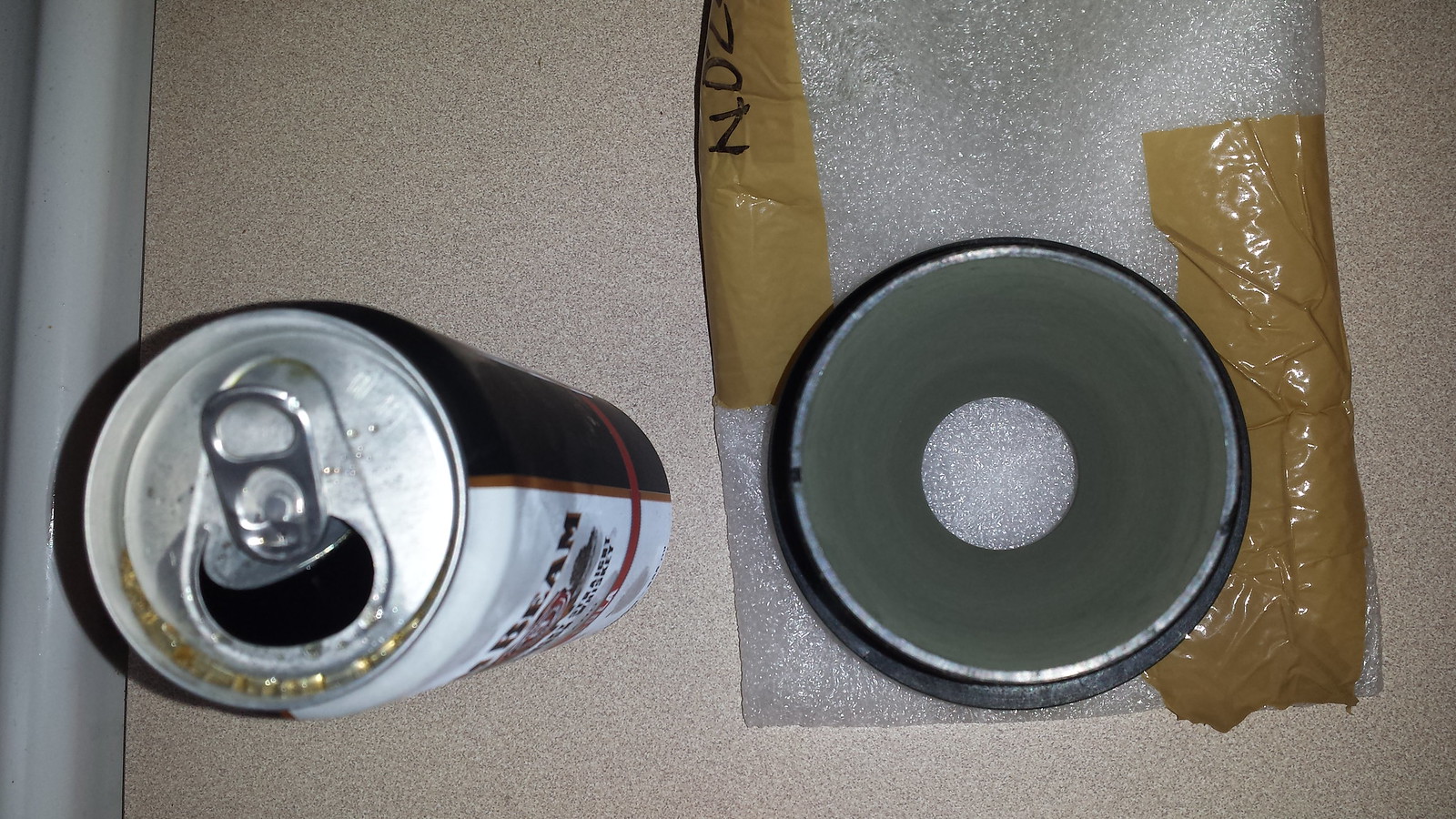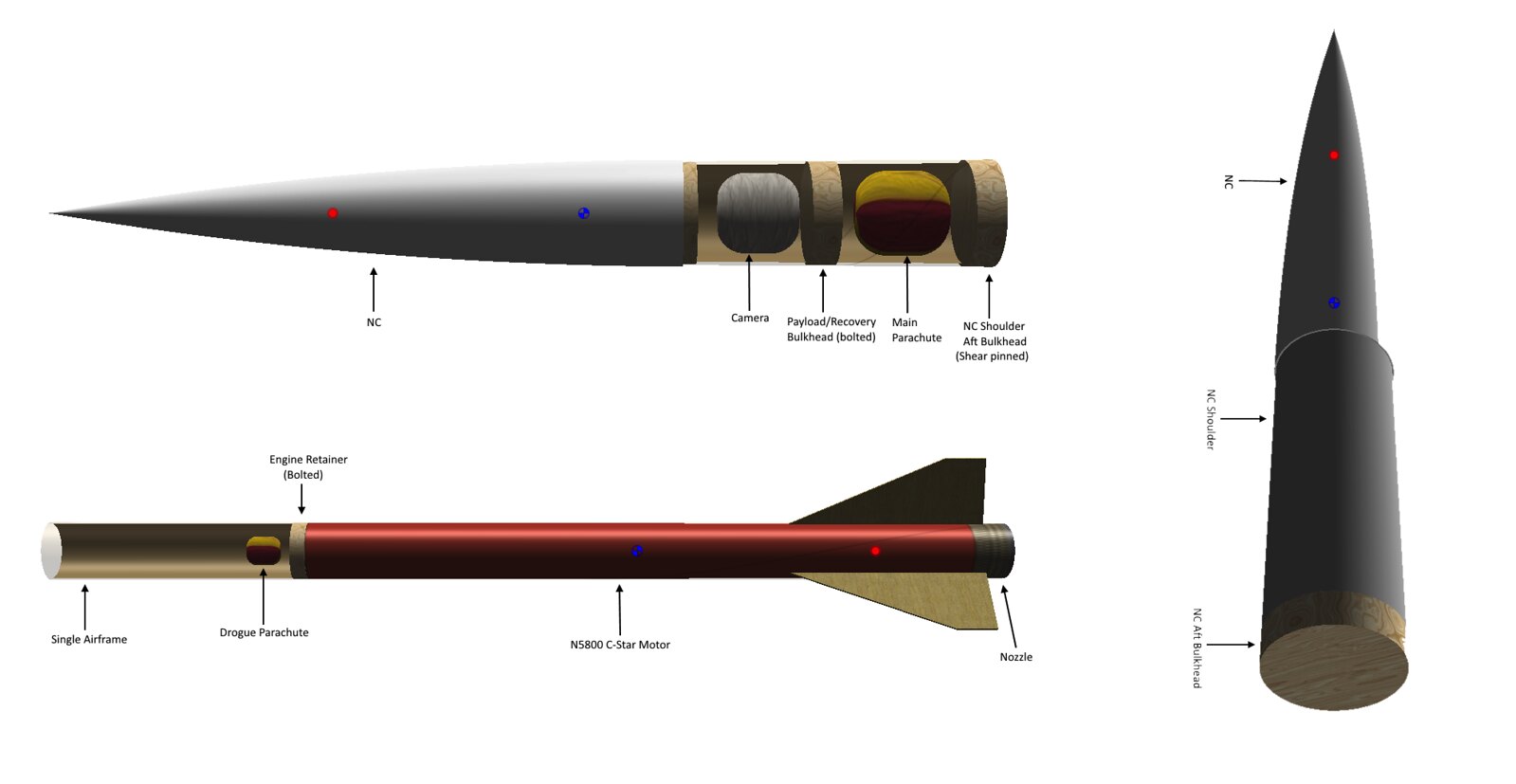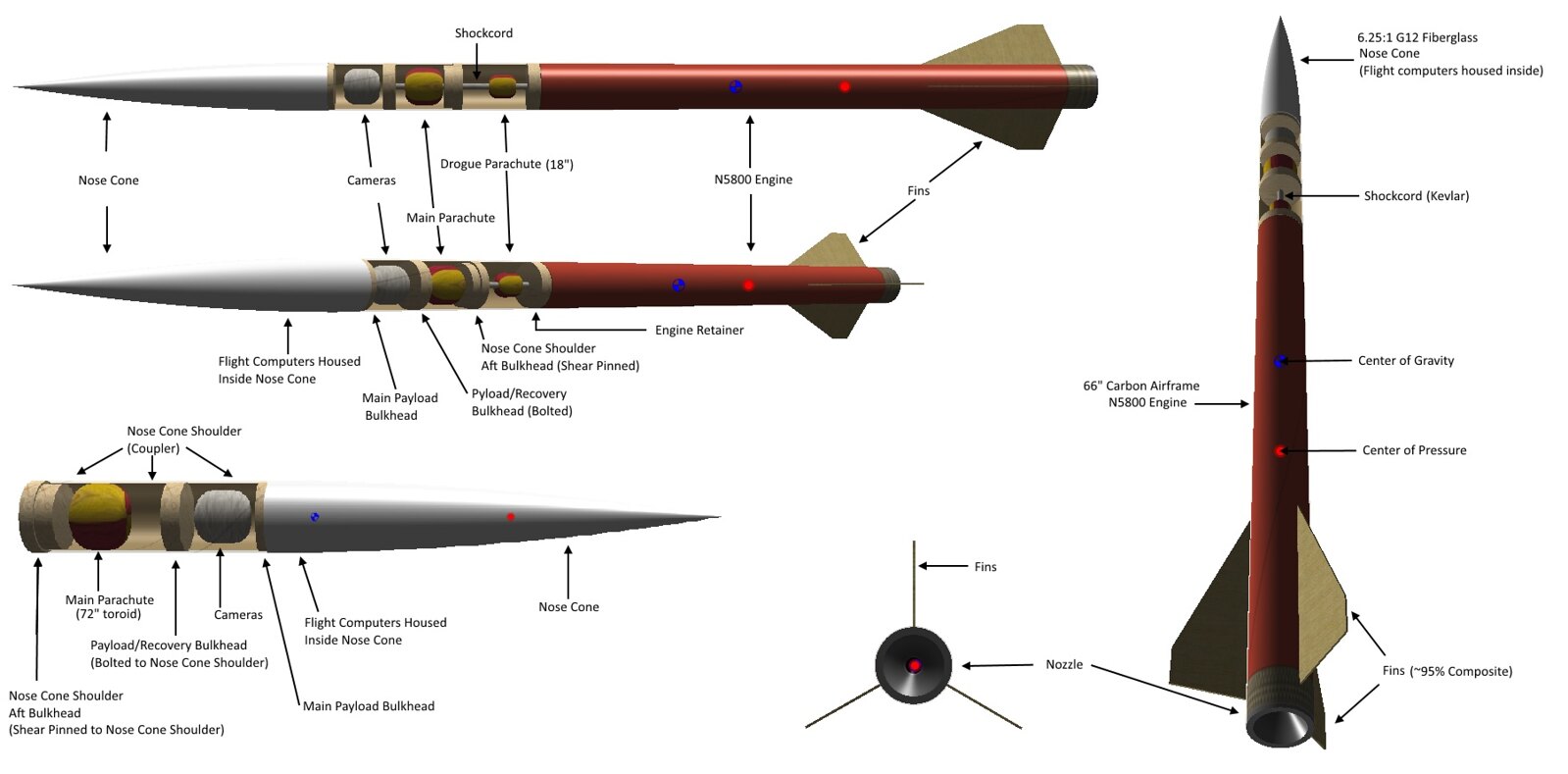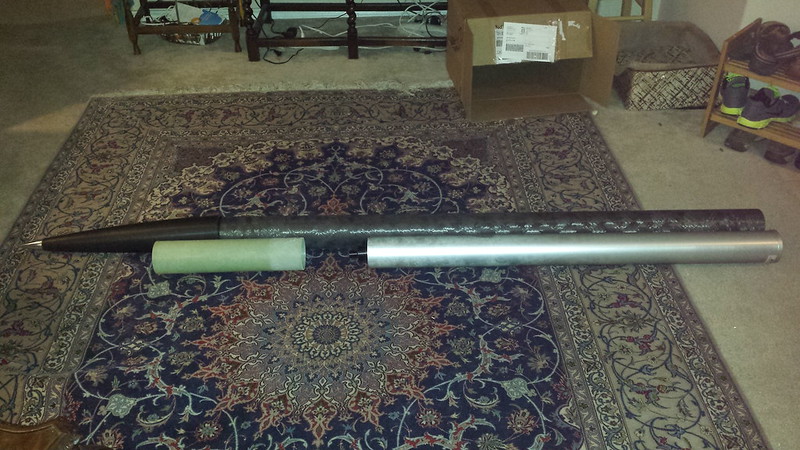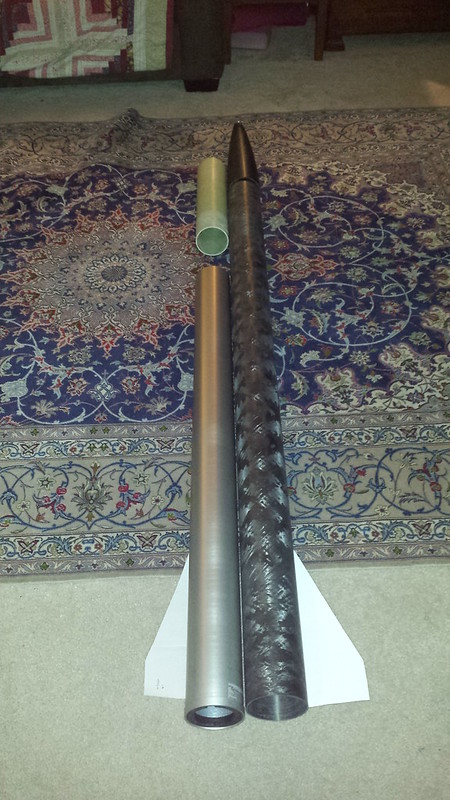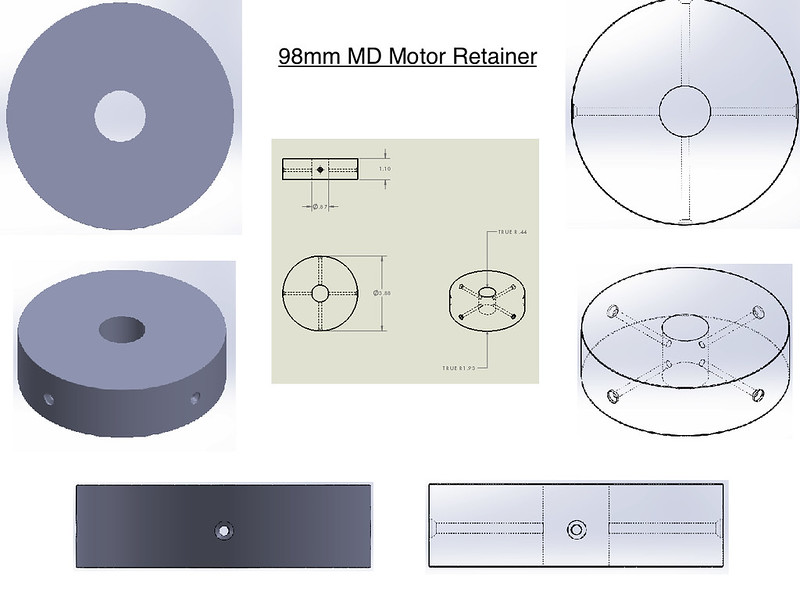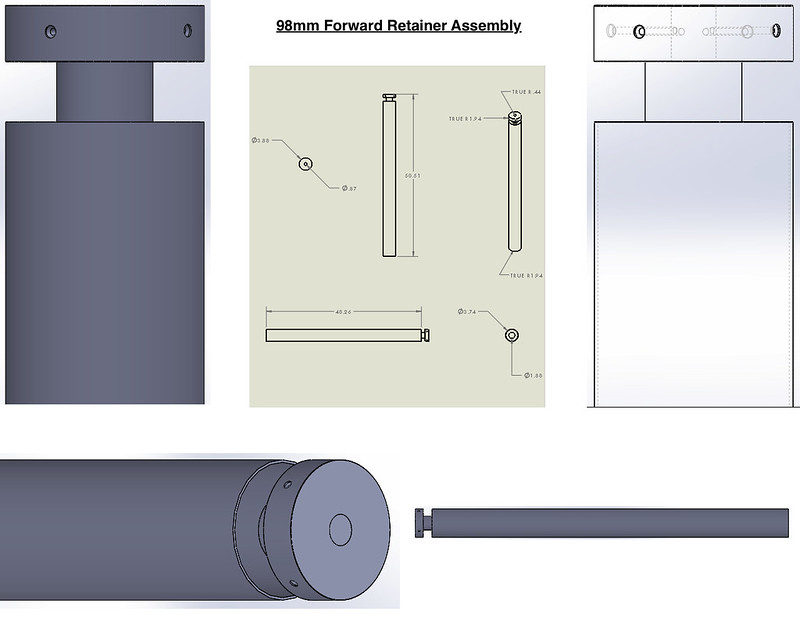CarVac
Well-Known Member
- Joined
- Feb 12, 2012
- Messages
- 5,704
- Reaction score
- 37
In the testing that I did, which included the double-sided "T" approach and the single-ended tube approach, I did not seal the charges at all, other than to use a little Estes wadding to hold the BP in place. In all cases, a couple of dozen times anyway, the charge fired very energetically with 100% of the powder burned. This only happens with the longer tube. I do seal the charges now, but other than possibly improving the effectiveness of the ematch, there is no improvement in the performance because the charges are already burning 100% of the powder.
In the longer tube, the "sealing" function if provided by the longer tube itself. As the charge begins to fire, I suspect that the BP tries to scatter by moving up the tube. However, this scattering is contained within the tube instead of being released into the drogue cavity. There is enough pressure produced by this initial burning to build up some pressure - like sealing might otherwise do - so that the charge completely fires. It is very energetic, very simple, and very reproducible. I typically use a little less BP than I might use with a conventional charge at lower altitude, because 100% of it is going to burn.
If the tube is limited in length to that of the charge itself, and even if it's taped shut, the BP does not entirely burn (in my tests, about 50% burns in this configuration). Here, as soon as the seal ruptures, the BP scatters and stops burning. In the longer tube, the BP can't escape fast enough, and it burns before it can get out of the tube.
As I always say when discussing this method, deployment is very energetic. Anyone doing it should do ground testing first, and conduct that testing carefully (because another name for a one-sided charge is "bullet").
Jim
Don't Debate This had reallly really long tubes: 15" or so? The entire length of the parachute bay, if I recall correctly. That has the advantage of also bypassing the hot gases past the parachutes.





